Ejecting an External Hard Drive on Windows 10: A Step-by-Step Guide
This article provides a detailed step-by-step guide for safely ejecting an external hard drive from a Windows 10 computer. It's a great resource for ensuring your data is properly stored and protected.
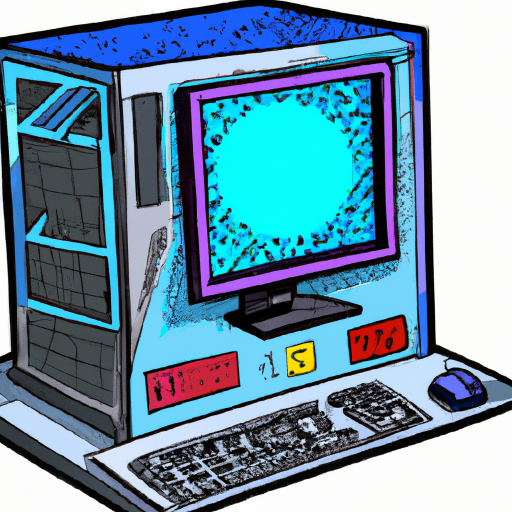
External hard drives are a great way to store large amounts of data and can even be used to back up your important files. However, if you are using a Windows 10 computer, you may run into issues when trying to eject the drive. This can be a frustrating experience, especially if you are in a hurry. Fortunately, with a few simple steps, you can eject your external hard drive quickly and safely.
Step 1: Open the File Explorer
The first step to ejecting an external hard drive on Windows 10 is to open the File Explorer. You can do this by clicking on the Start Menu and selecting “File Explorer”. Alternatively, you can press the Windows logo key and E together on your keyboard to open the File Explorer quickly.
Step 2: Locate the Drive
Once the File Explorer window is open, you should be able to see your external hard drive listed in the left sidebar. It may also be visible on the desktop if you have that option enabled. Double-click on the drive to open it and view its contents.
Step 3: Right-Click on the Drive
Now that you have opened the external hard drive, you will need to right-click on it to access the eject option. You can do this by right-clicking on the drive or on its icon.
Step 4: Select the Eject Option
Once you have right-clicked on the drive, a menu will appear with a few different options. Select the “Eject” option and your drive will be ejected from your computer.
Step 5: Unplug the Drive
After you have selected the eject option, you can safely unplug the external hard drive from your computer. Make sure to do this carefully as you don't want to accidentally damage the drive or your computer.
Step 6: Close the File Explorer Window
Once you have ejected the drive and unplugged it from your computer, you can close the File Explorer window. To do this, simply click the “X” in the top-right corner of the window.
Ejecting an external hard drive from a Windows 10 computer doesn't have to be a difficult process. By following the steps outlined above, you can quickly and safely eject your drive and prevent any potential problems. Just make sure to always follow the correct steps, as failure to do so could result in data loss or other issues.
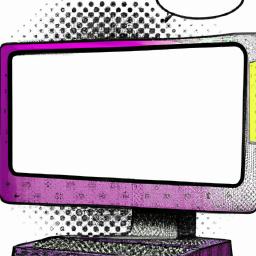
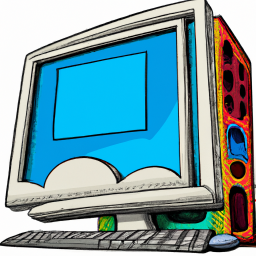

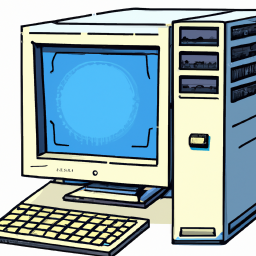
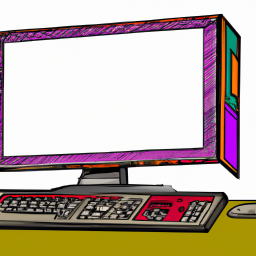
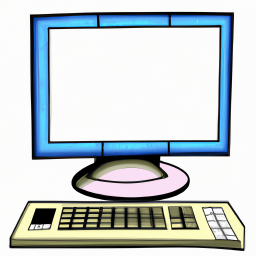

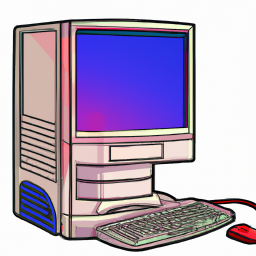
Terms of Service Privacy policy Email hints Contact us
Made with favorite in Cyprus